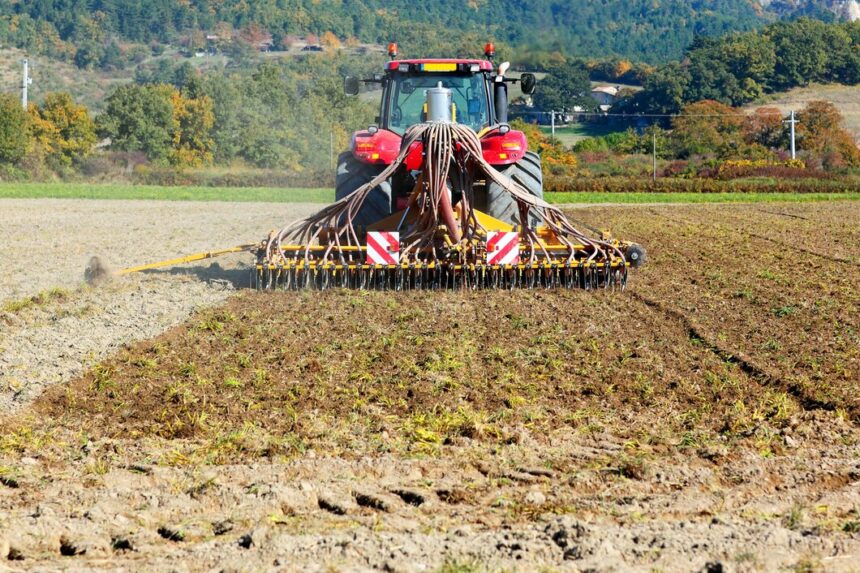Conservation tillage is an agricultural practice that promotes soil health, enhances water retention, and improves crop yields by minimizing soil disturbance. For South African farmers facing challenges like soil erosion, declining fertility, and water scarcity, adopting conservation tillage can be a transformative approach. Here’s a look at the benefits of conservation tillage and practical steps for implementation.
Benefits of Conservation Tillage
1. Improved Soil Health
Conservation tillage helps maintain soil structure and promotes the growth of beneficial microorganisms. By leaving crop residues on the soil surface, it fosters a habitat for earthworms and other organisms that enhance soil aeration and nutrient cycling.
2. Enhanced Water Retention
Reducing soil disturbance allows for better water infiltration and retention. This is particularly important in regions prone to drought, as conservation tillage can help farmers conserve moisture in the soil for longer periods.
3. Erosion Control
By minimizing soil disturbance and maintaining crop residues, conservation tillage significantly reduces soil erosion. This is especially critical in areas with sloped terrain or where high winds are common.
4. Increased Organic Matter
The practice encourages the accumulation of organic matter, which improves soil fertility and structure. Higher organic matter levels lead to better nutrient availability for crops, resulting in increased productivity.
5. Reduced Labor and Input Costs
Conservation tillage can lower labor costs and fuel consumption associated with conventional tillage. Farmers may require fewer passes with machinery, reducing wear and tear on equipment and lowering overall input costs.
6. Carbon Sequestration
By improving soil health and structure, conservation tillage can help sequester carbon in the soil, contributing to climate change mitigation efforts. This can also create opportunities for farmers to participate in carbon credit programs.
How to Implement Conservation Tillage
1. Assess Your Current Practices
Begin by evaluating your current tillage practices and identifying areas where conservation tillage can be integrated. Understand the soil types, climate, and crop rotation systems you currently use.
2. Choose the Right Equipment
Invest in appropriate equipment designed for conservation tillage. No-till drills or seeders can help plant seeds directly into undisturbed soil while managing residue. Consider consulting with local agricultural extension services for recommendations.
3. Develop a Crop Rotation Plan
Implementing a diverse crop rotation plan can help break pest cycles and improve soil health. Rotating crops with different root structures can also enhance soil aeration and nutrient uptake.
4. Manage Crop Residues
Develop a plan for managing crop residues effectively. Leaving residues on the soil surface can protect against erosion and improve soil organic matter. However, ensure that residues are evenly distributed to avoid issues with pests and diseases.
5. Monitor and Adjust Practices
Regularly monitor soil health, crop performance, and moisture levels. Be prepared to adjust your conservation tillage practices based on the results of your observations. This might include tweaking residue management or modifying crop rotations.
6. Educate and Collaborate
Consider joining local farmer groups or cooperatives that focus on conservation practices. Sharing experiences and learning from others can provide valuable insights and support as you transition to conservation tillage.
Adopting conservation tillage can significantly benefit South African farmers by improving soil health, enhancing water retention, and reducing erosion. By carefully planning and implementing these practices, farmers can increase their productivity while promoting sustainable agriculture. Embracing conservation tillage not only supports individual farm success but also contributes to the long-term health of South Africa’s agricultural landscape.
Join 'Farmers Mag' WhatsApp Channel
Get the latest Farming news and tips delivered straight to your WhatsApp
CLICK HERE TO JOIN






